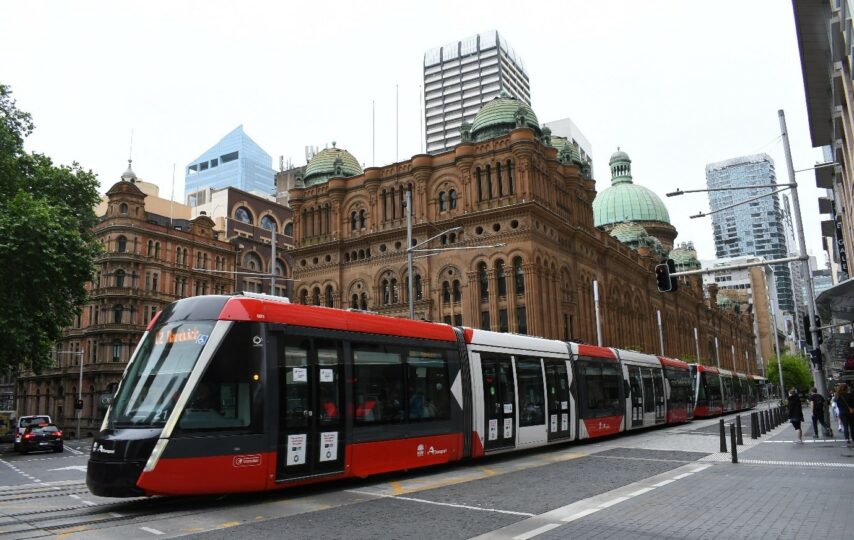In the fast-paced world of today, efficiency and sustainability are paramount in modern transportation.
For this reason, Intelligent Transport Systems (ITS) are emerging as a revolutionary force, reshaping the way we move from one place to another.
These innovative technologies are cutting-edge solutions that help optimize transportation networks, enhance safety, and streamline overall mobility.
It’s no wonder why so many transit agencies across the globe are taking advantage of ITS to enhance their own transport.
Let’s take a closer look at ITS and how it’s making a difference in transport today.
The foundation of ITS
At the core of ITS lies a network of interconnected devices, sensors, and advanced communication technologies that all work together seamlessly to gather, process, and disseminate information for operators.
This robust infrastructure is designed to enhance the efficiency of transportation systems by providing real-time data and insights.
There are many different aspects of ITS – one of which is real-time vehicle monitoring, allowing you to receive accurate positional information on all vehicles in your fleet.
Another component is real-time passenger information, displaying predicted arrival times of vehicles at each stop and altering this data in real-time if it changes.
There are a vast range of benefits that come with using ITS, including:
- Traffic management and optimization
ITS plays a pivotal role in alleviating congestion on roads, which is a common challenge for operators in urban areas.
Through the deployment of sophisticated traffic management systems, operators can monitor traffic patterns in real-time, identify bottlenecks, and use Traffic Signal Priority (TSP) to optimize the flow of vehicles.
This not only helps to reduce travel times for rider but also minimizes fuel consumption and lowers emissions – increasing sustainability and cost-effectiveness for transit agencies.
- Enhanced problem resolution
Maintenance and safety are paramount in transportation, and ITS introduces a range of features designed to mitigate issues and improve overall safety.
For instance, the systems can notify operators of any expected issues before they happen, whether it be gaps in transportation, delays, or broken equipment.
With a keen eye on these problems, ITS can help operators quickly resolve problems before they have time to significantly disrupt transport.
Moreover, ITS can also provide clear and easy communication between drivers and control rooms. Operators can easily communicate with vehicles to relay important information, such as upcoming road closures or detours, ensuring that drivers are well-informed and can navigate routes more safely.
- Improved rider satisfaction
ITS also allows for passengers to be kept in the loop when it comes to vehicle routes and arrival times.
The real-time passenger information can adapt as operators detect changes in things like traffic, delays, etc., which means riders will always have the most accurate arrival times.
As a result, riders will be able to plan their journeys more effectively and avoid any disappointments or long waiting times. This will then lead to increased satisfaction and rider loyalty, which will greatly benefit the operator.
The Future of mobility
As technology continues to advance, the future of transportation appears safe in the hands of ITS. These systems will play a crucial role in ensuring the smooth running of transport operations in cities across the world.
ITS represent a paradigm shift in the way we approach and experience mobility. These technologies not only enhance the efficiency of transportation networks but also contribute to a safer, more sustainable, and connected future.
The transformation of transport as we know it is well underway.








